15 Industries Millennials Have Completely Decimated
Millennials changed the market by simply spending differently. Rising debt and high costs made them rethink what’s worth it, so they cut back on many things. What disappeared wasn’t because of rebellion; it was just a generation choosing options that felt smarter, easier, and more in line with their lives.
Casual Dining Chains Took a Hit
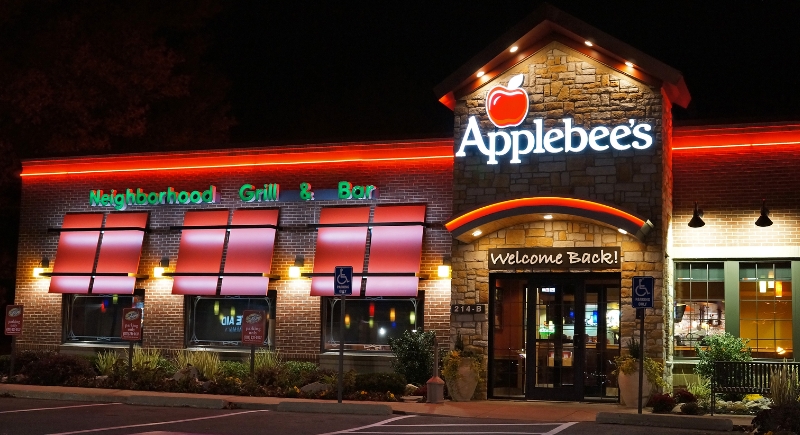
Credit: Wikimedia Commons
In the 1990s, a trip to Applebee’s was a family ritual. By the late 2010s, though, traffic plummeted. Millennials weren’t interested in endless breadsticks if they came with long waits and frozen pasta. Fast-casual dining like Chipotle burrito bowls or Panera’s “clean” menu felt quicker and easier on the wallet.
Big-Box Gyms Lost Their Luster

Credit: pexels
Rows of treadmills and TVs no longer felt appealing to younger gym-goers. Instead, they signed up for spin sessions lit by candles, yoga classes with music carefully chosen for the mood, and small studios that felt more like communities than warehouses. Fitness apps and tracking tools kept the momentum going outside the gym, while brands like SoulCycle and Orangetheory made workouts into experiences people wanted to share.
Department Stores Fell Behind
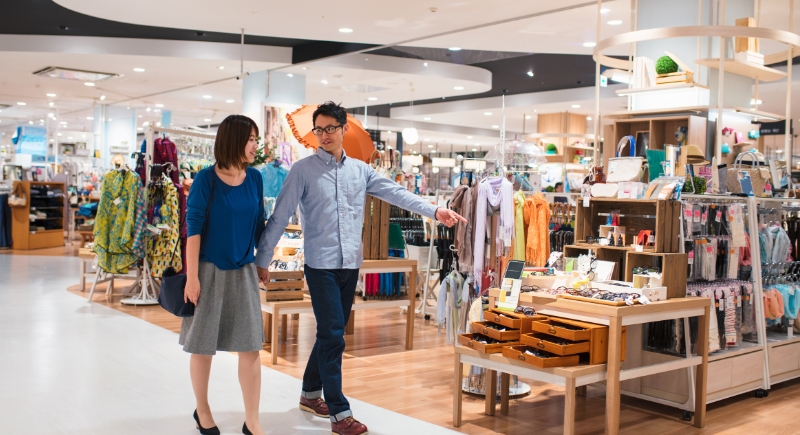
Credit: Getty Images
The multi-floor shopping maze lost relevance when online retailers offered wider selections and faster shipping. Millennials preferred tapping “add to cart” over spending Saturday afternoons under fluorescent lighting.
Cereal Bowls Collected Dust
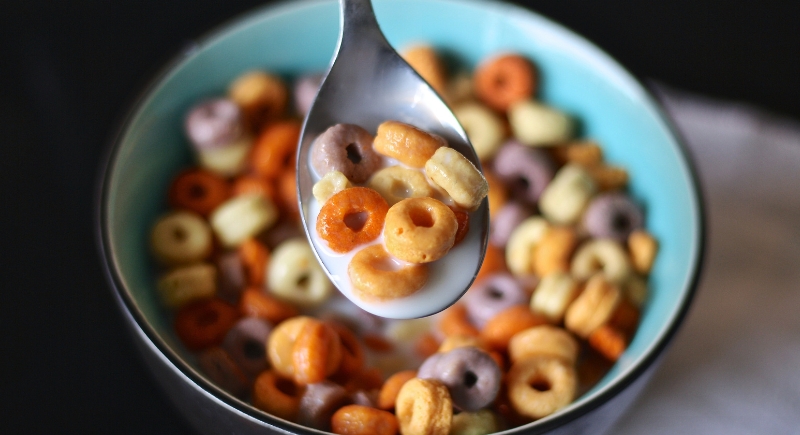
Credit: pixabay
Cereal had a solid run as a breakfast staple. However, convenience wasn’t enough anymore as millennials cared more about nutritional value. A 2015 Mintel survey even found 40% of millennials saw cereal as too inconvenient because of cleanup. Many skipped the bowl entirely for smoothies or grab-and-go snacks.
Fabric Softener Got Pushed Aside

Credit: Africa Images
Between 2007 and 2015, sales of liquid softeners fell 15%. Millennials questioned why a separate product was even necessary when modern washers and detergents already did the job. Additionally, concerns about chemical residues and environmental impact made Downy easy to skip.
Cable TV Was Cut Loose
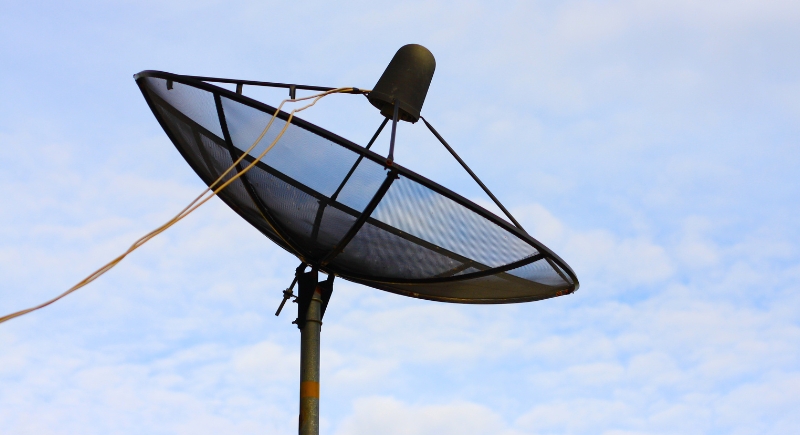
Credit: Getty Images
Paying $100 a month for channels you barely watch didn’t make sense anymore. Cable providers have lost over 20 million US subscribers since 2014, with millennials leading the charge. Netflix, Hulu, and later Disney+ offered better options. Binge-watching entire seasons without commercials became the norm.
Traditional Engagement Rings Lost Ground
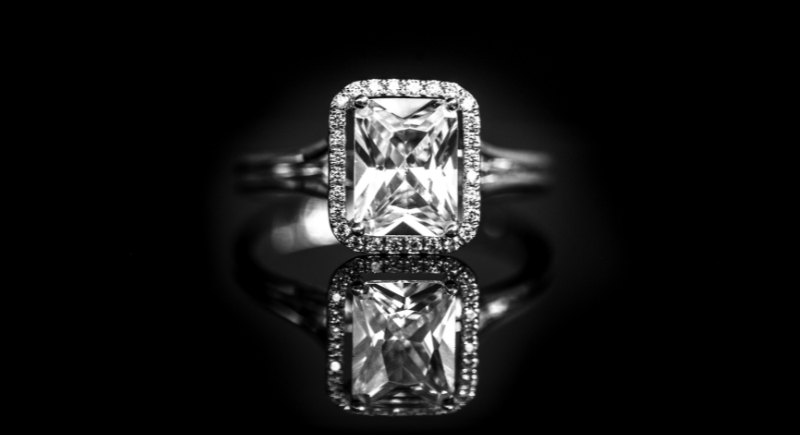
Credit: Getty Images
The “three months’ salary” rule was a result of a De Beers marketing campaign in the 1930s. Millennials didn’t buy it. Awareness of blood diamonds and environmental concerns pushed many toward lab-grown alternatives, which look identical and cost a fraction of the price. Others went for sapphires or vintage rings.
Motorcycle Sales Slowed Down

Credit: pixabay
Harley-Davidson’s average buyer is now in their 50s. Millennials, saddled with student loans and living in cities, saw motorcycles as impractical. Harley’s stock fell nearly 20% in 2018. Safety concerns also played a role: motorcycles are 28 times more likely than cars to result in fatalities per mile traveled.
Greeting Cards Got Skipped

Credit: Canva
Why spend $6 on a paper card when you can send a meme in seconds? Hallmark reported declining sales as younger adults turned to personalized messages and GIFs online. Cricut machines gave crafty types an alternative for custom cards, but for most, a heartfelt text beat a store-bought rhyme.
Canned Tuna Lost Its Appeal

Credit: Getty Images
Opening a can, draining it, and finding a use for it felt like too much effort, especially when poke bowls or fresh fish were easy to find. Tuna companies blamed can openers and short attention spans, but the shift was more about changing food values.
Doorbells Became Obsolete
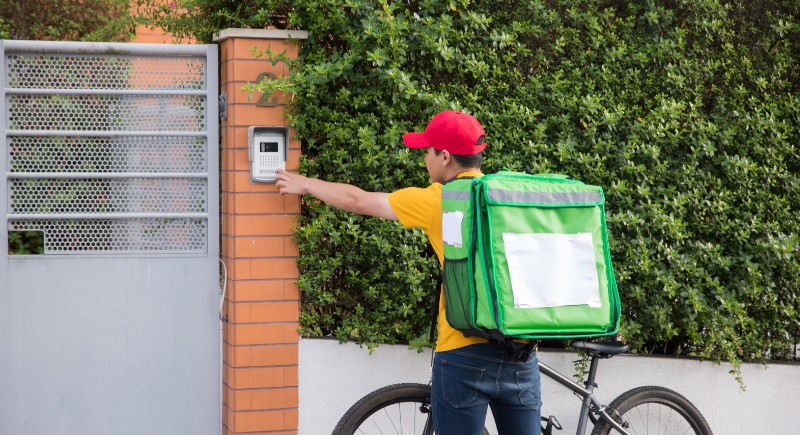
Credit: pexels
The “ding-dong” used to mean someone arrived. Today, most under-40s just text “here.” A viral tweet even called doorbells “aggressive.” Traditional chimes turned into décor while smart doorbells like Ring filled the gap with video feeds and motion alerts.
Big Weddings Shrunk Down

Credit: pexels
The lavish wedding industry lost ground as millennials rethought what counted as “special.” Many scaled down ceremonies or skipped the party altogether. The average wedding costs over $25,000, but more couples spend that money on travel or down payments.
Raisins Fell Out of Favor

Credit: Getty Images
The iconic red Sun-Maid box was once a lunchbox staple, but it actually faced a “generation gap.” Millennials saw them as overly sugary and sticky compared to newer snack options. Sun-Maid’s CEO admitted raisins had “skipped a generation.” In response, the company launched sour raisin snacks with natural flavors.
Luxury Goods Were Rented, Not Bought

Credit: Wikimedia Commons
For earlier generations, a Louis Vuitton bag was the prize. However, millennials flipped the model: Rent the Runway lets you borrow a bag for a weekend, while sites like Poshmark made secondhand designer shopping mainstream.
Chain Hotels Faced Stiff Competition

Credit: Getty Images
Airbnb, founded by a group of millennials in 2008, reshaped travel. Instead of cookie-cutter rooms with desk stationery and tiny soaps, travelers could book apartments with kitchens, unique design, and local character. By 2019, Airbnb was valued higher than Hilton and Marriott combined.